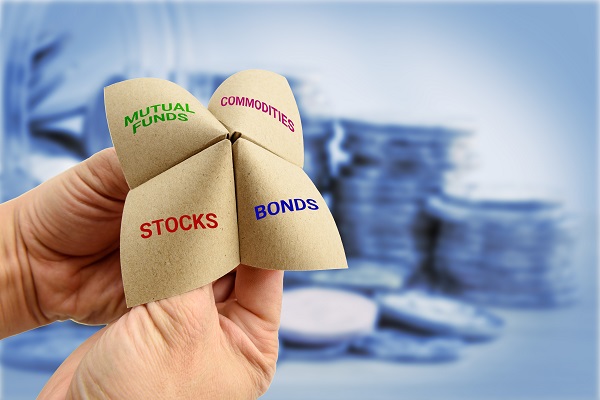Diversification is a cornerstone of sound investment strategy. For UK investors, recent developments such as Brexit and Russia’s invasion of Ukraine which stalled essential supplies have highlighted the importance of varying financial investments to mitigate risk. Discover how to diversify your investment portfolio effectively, from trying different types of assets to going global.
Understanding diversification
In finance, diversification is the practice of investing in assets with different characteristics. Deliberately not keeping all of your eggs in one basket safeguards against loss if one particular asset type, country or financial market loses value suddenly.
Seeking profit from multiple avenues helps to ensure more stable returns as well as reduce risk. For example, when stocks perform poorly, bonds or real estate might do well, balancing out your overall portfolio and cash flow and driving a steadier growth trajectory.
Vary asset types
A diversified portfolio typically includes a mix of different assets such as stocks, bonds, real estate and commodities. Choosing to invest in physical goods via commodity trading or purchasing properties adds resilience to your portfolio as these retain their value well in difficult economic periods. On the other hand, playing the markets such as buying and selling currency or stocks and shares enables you to jump on the latest trends and maximise short-term profits.
Consider your risk tolerance, goals and timeline to find the right blend of assets for your portfolio. Remember to be slow and steady with any investments that are unfamiliar to avoid incurring significant losses.
Invest in different sectors
Investing across various sectors such as technology, healthcare, finance, and consumer goods is advisable too. ensures that your portfolio is not overly exposed to a single industry. Sector performance can vary significantly, so being overly exposed to one risks highly volatile investment returns. For instance, healthcare might thrive during economic downturns while technology might lead during growth periods.
Explore global markets
You should employ the same strategy when considering the geography of your investments, designing an international portfolio that isn’t dependent on the health of one economy alone. Mutual funds, exchange-traded funds (ETFs), and direct stock purchases are ways to access international investments.
Remember that while international investing offers growth potential, it introduces risks like currency fluctuations and the knock-on effects of unpredictable geopolitical events. Staying informed about global economic trends and political developments is crucial to making a success of this valuable strategy.
Be flexible and adaptable
Ensure your portfolio best serves your financial goals by being flexible and adaptable with your investments. Regularly review your assets to check that things are moving in the right direction, staying open to exploring new opportunities that might be rising in value. Be confident in swapping underperforming assets swiftly if you sense the situation isn’t one you can wait out.
Keep an eye for more latest news & updates on Latest Dash!

